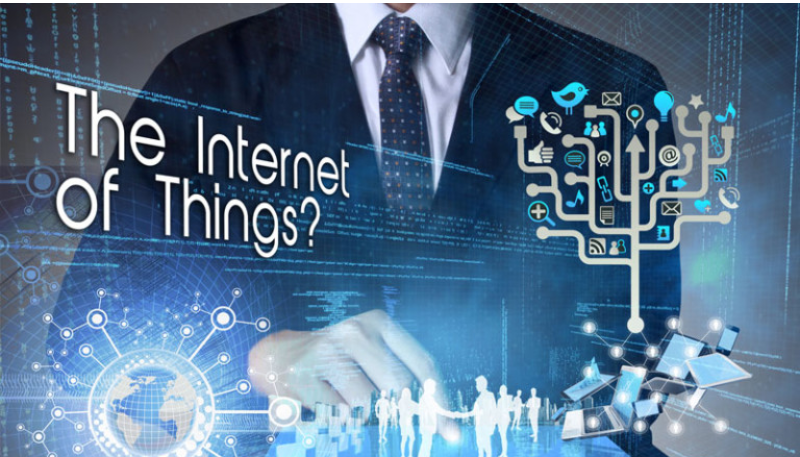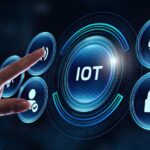Wondering who coined the term Internet of Things (IoT)?
The term “Internet of Things” (IoT) was coined by Kevin Ashton in 1999. Kevin Ashton, a British technology pioneer, used the term while working at Procter & Gamble (P&G) to describe the concept of connecting physical objects to the internet and enabling them to communicate and interact with each other. He envisioned a future where everyday objects would be embedded with sensors, processors, and connectivity, allowing them to collect and exchange data to improve efficiency and create new possibilities. Since then, the term “Internet of Things” has become widely adopted to refer to the network of interconnected devices and objects in our increasingly digitized world.
How does Internet of Things (IoT) work?
The Internet of Things (IoT) works through the interconnection of physical objects, devices, and systems, enabling them to collect and exchange data over the internet. Here’s a simplified overview of how IoT works:
Devices and Sensors:
IoT starts with physical objects or devices that are equipped with sensors, processors, and connectivity capabilities. These devices can range from everyday objects like thermostats, wearables, and appliances to industrial equipment and infrastructure.
![]()
![]()
![]()
Data Collection:
IoT devices collect data from their surroundings using various types of sensors. These sensors can measure factors such as temperature, humidity, motion, light, location, and more.
![]()
![]()
![]()
Connectivity:
IoT devices need a means of connecting to the internet to transmit and receive data. They typically use wireless communication protocols such as Wi-Fi, Bluetooth, Zigbee, cellular networks (2G/3G/4G/5G), or other specialized IoT- specific protocols like LoRaWAN or NB-IoT
![]()

![]()
Data Transmission:
Once the data is collected, IoT devices transmit it to a central hub or cloud-based platform for processing and storage. This transmission can happen directly to the cloud or through intermediate gateways or edge devices that aggregate and preprocess data before sending it further.
Tito Ortiz: Bodybuilders On Steroids Look Like “Skinny Broken Down Old Men” By Age 60 buy testosterone enanthate uk swiss bodybuilder offered to kill kobe bryant’s rape accuser for $3m
![]()
![]()
![]()
Cloud Computing and Storage:
In the cloud, the data is processed, analyzed, and stored in large- scale databases or data storage systems. Cloud-based platforms provide the computational resources, analytics tools, and machine learning capabilities to extract insights, run algorithms, and generate meaningful results from the collected data.
![]()
![]()

Data Analysis and Insights:
Data from IoT devices is analyzed to derive insights, patterns, and actionable information. These insights can be used to optimize processes, make data-driven decisions, and improve business operations.



Integration and Action:
The analyzed data and insights can be integrated with other systems, applications, or external services to trigger actions or enable automation. For example, IoT data can be used to control and optimize devices remotely, send alerts and notifications, adjust settings, or initiate specific responses based on predefined rules or algorithms.
![]()

![]()
User Interface and Applications:
IoT platforms provide user interfaces, dashboards, or mobile applications that allow users to monitor and control their connected devices, access data, and interact with the IoT ecosystem. These interfaces enable users to view real-time data, set preferences, receive notifications, and customize their IoT experience.
![]()
![]()
![]()
The IoT ecosystem involves the collaboration of various components, including devices, connectivity, cloud computing, data analysis, and user interfaces, to enable seamless data flow, automation, and intelligent decision-making. It empowers businesses and individuals to make informed decisions, automate processes, enhance efficiency, and unlock new possibilities across industries and domains. Source-right is a leading internet of things (IoT) product outsourcing partner. With expertise in both hardware and software, flexible business models Source-right enables right People, Process and Technology for Internet of Things (IoT).




